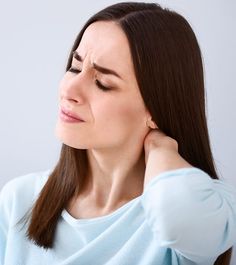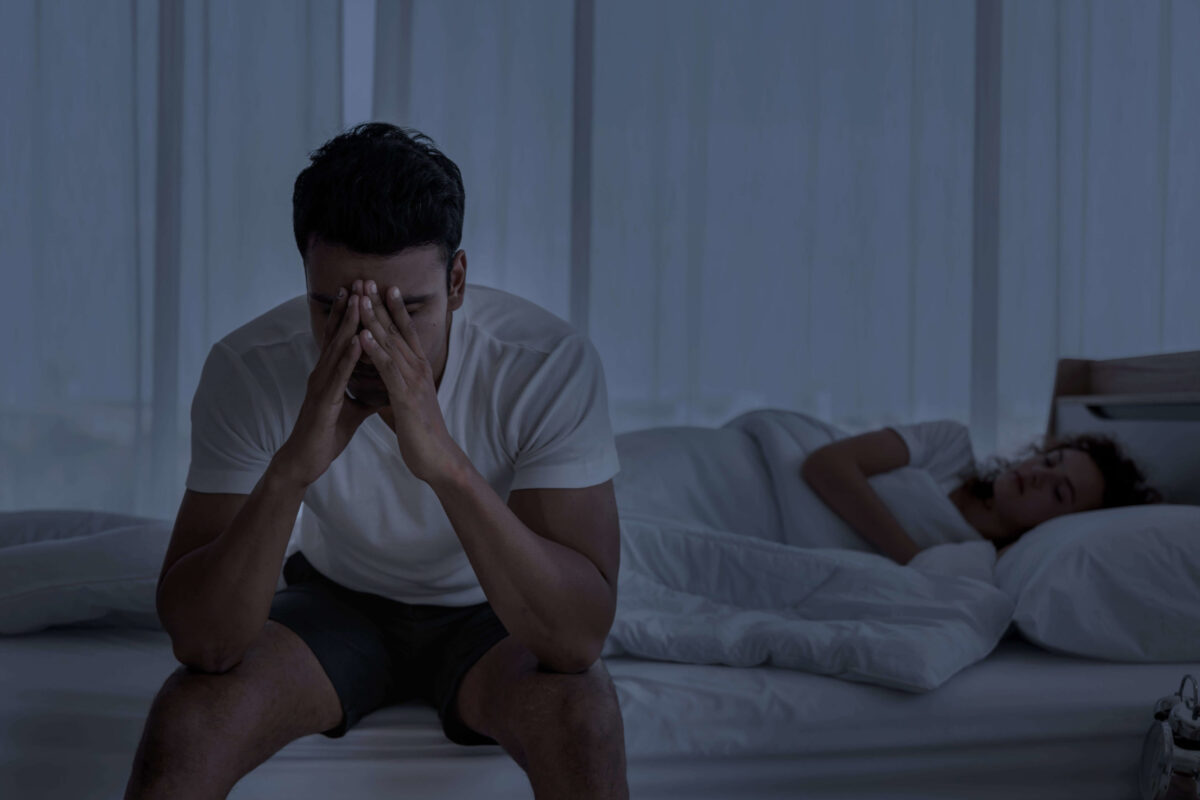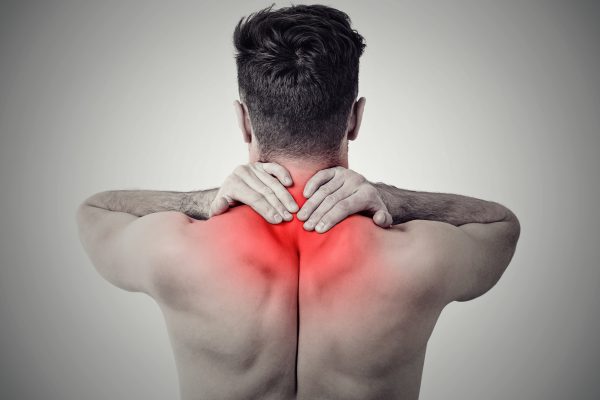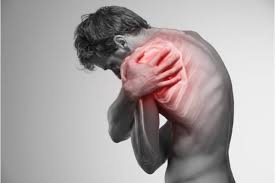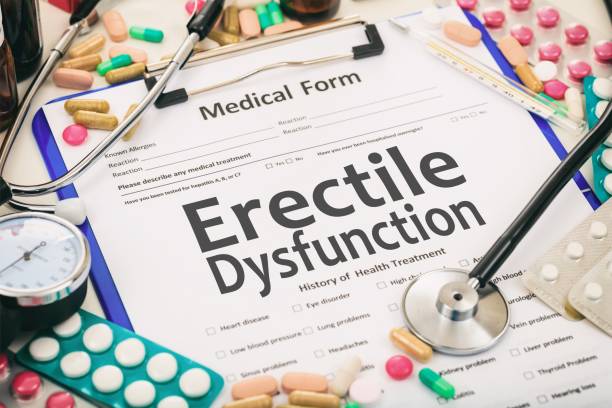For many people, navigating peer interactions can be difficult; for those who suffer from Attention Deficit Hyperactivity Disorder (ADHD), these difficulties may be more pronounced. ADHD can affect many aspects of life, such as interacting with others and building relationships with peers. However, people with ADHD are capable of developing meaningful relationships with their peers if they are given the appropriate tools and assistance. This post will discuss ADHD and how it affects peer interactions while also offering helpful advice for fostering strong bonds.
Recognizing ADHD and How It Affects Peer Relationships
The symptoms of attention deficit hyperactivity disorder ADHD include impulsivity, hyperactivity, and inattention. A person’s capacity to successfully negotiate social circumstances may be impacted by these symptoms. Peer connections can present issues for those with ADHD because of:
Impulsivity: Impulsive behavior can result in actions or words that are taken without careful consideration, which can cause miscommunications or confrontations with peers.
Inattention: It might be difficult to establish deep connections when one finds it difficult to pay attention during talks or to stay interested in social encounters.
Hyperactivity: Excessive energy and restlessness can make it difficult to concentrate for extended periods of time or maintain a composed attitude, which can have a detrimental effect on group dynamics.
Social signals: Misunderstandings or a sense of being uncomfortable in social situations can result from a lack of understanding of social cues and nonverbal communication.
Creating Harmonious Relationships:
Even though ADHD might make it difficult to build relationships with peers, there are a lot of techniques people can use to encourage good relationships:
Education and Awareness:
It’s critical to comprehend how social relationships are impacted by ADHD. Understanding ADHD, its signs, and how it affects behavior can help both those who have the condition and those who don’t.
Effective Communication:
Establishing solid relationships requires open and honest communication. Active listening and straightforward communication are beneficial skills for people with ADHD. During chats, peers can also provide assistance by showing patience and understanding.
Developing Social Skills:
Over time, social skills can be acquired and enhanced. Through role-playing, therapy, or social skills groups, people with ADHD can improve social skills like making eye contact, starting conversations, and comprehending social boundaries.
Discovering Common Interests:
Creating connections can be facilitated by discovering shared hobbies and interests. Promoting involvement in clubs or group activities around hobbies might help students connect with classmates who have similar interests.
Time Management and Organization:
People with ADHD may feel more at ease in social situations if they are able to manage their time well and maintain organization. The use of time management strategies, planners, and other tools can help people operate better overall and experience less stress.
Seeking Support:
Getting help in overcoming social obstacles can be greatly aided by reaching out to friends, family, or mental health specialists. ADHD treatment sessions or support groups can provide direction and motivation.
Developing Self-Esteem:
Healthy relationships require the development of self-worth and self-assurance. Promoting achievements, concentrating on one’s strengths, and engaging in self-care can enhance one’s relationships with others and help one develop a positive self-image.
Flexibility and Patience:
Being patient and adaptable with one another can be beneficial for both peers and people with ADHD. Acknowledging the individual talents and challenges of each person may build empathy and acceptance in interpersonal relationships.
In summary:
Peer relationships can be difficult for people with ADHD to navigate, but with help, tolerance, and understanding, people can build strong bonds with their peers. Through the use of social skills development, good communication, and asking for help when necessary, people with ADHD can create lasting relationships that improve their general wellbeing. Always keep in mind that every interaction you have is a chance to learn and improve, which benefits you personally as well as the community at large.
